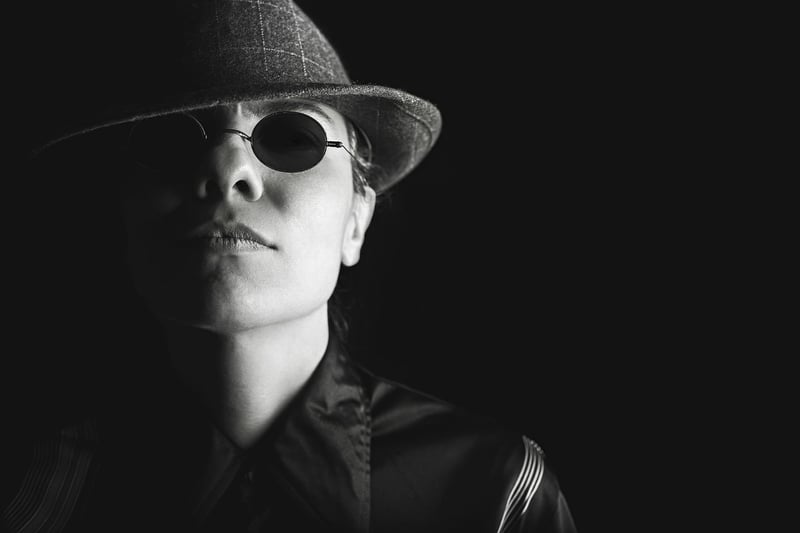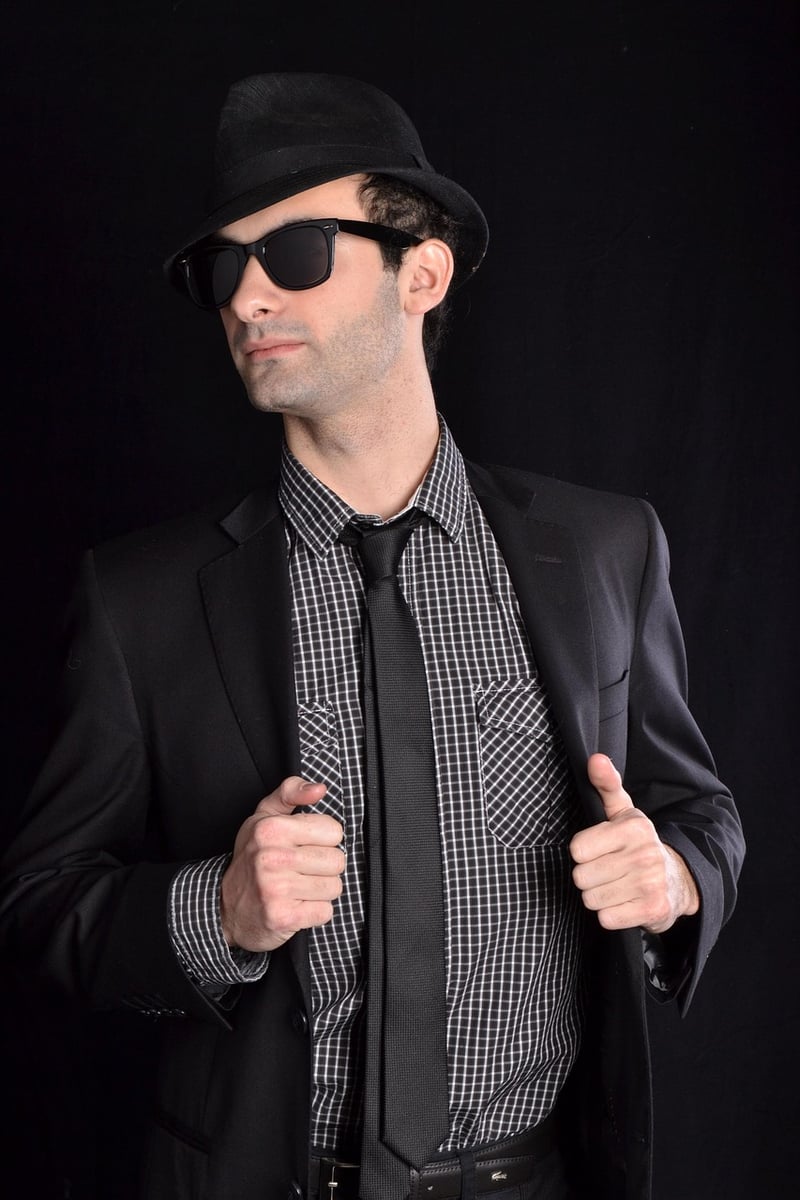Secret Agents
The Art of Silent Communication: A Guide for Secret Agents
As a secret agent, mastering the art of silent communication is crucial for success in covert operations. Whether you're on a mission to gather intel, extract a valuable asset, or infiltrate enemy territory, the ability to communicate effectively without alerting suspicion is a valuable skillset to possess.
Types of Silent Communication
Silent communication can take many forms, including:
- Hand Signals: Simple gestures can convey complex messages without the need for words.
- Eye Contact: A subtle glance can convey volumes of information to a fellow agent.
- Microexpressions: Brief facial expressions that reveal true emotions or intentions.
- Body Language: Posture, gestures, and movements can communicate hidden messages.
Mastering the Art
Here are some tips to help you master the art of silent communication:
- Practice: Regularly practice different forms of silent communication to improve your skills.
- Observe: Pay attention to the silent cues of others to better understand their intentions.
- Stay Calm: Maintain a calm demeanor to avoid arousing suspicion during critical moments.
- Develop a Code: Create a secret code with your team to communicate discreetly in any situation.
Tools of the Trade
As a secret agent, you can use various tools to enhance your silent communication abilities:
- Miniature Earpieces: Receive instructions or updates discreetly through a hidden earpiece.
- Invisible Ink: Send hidden messages that are only visible under specific conditions.
- Encryption Software: Secure your digital communications to prevent interception.
Conclusion
Mastering the art of silent communication is essential for any secret agent operating in the field. By honing your skills, using the right tools, and staying alert to non-verbal cues, you can navigate covert operations with stealth and precision.
Remember, in the world of espionage, sometimes the most powerful messages are the ones left unsaid.

Image Source: Pixabay
